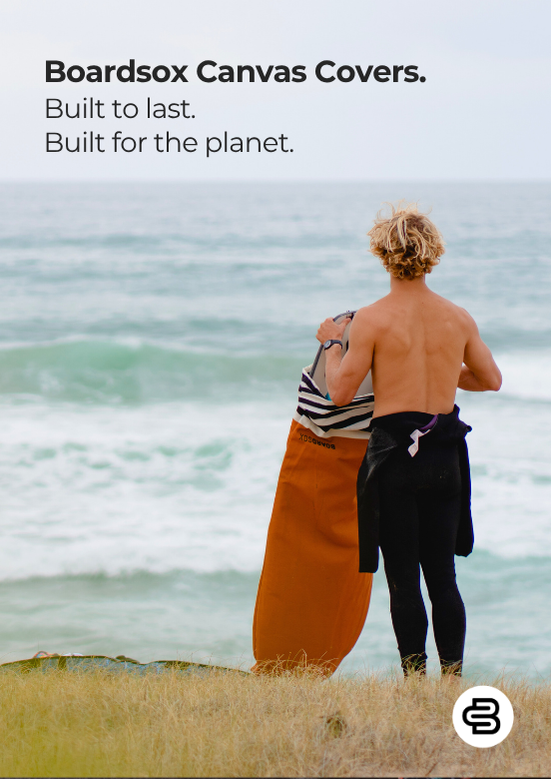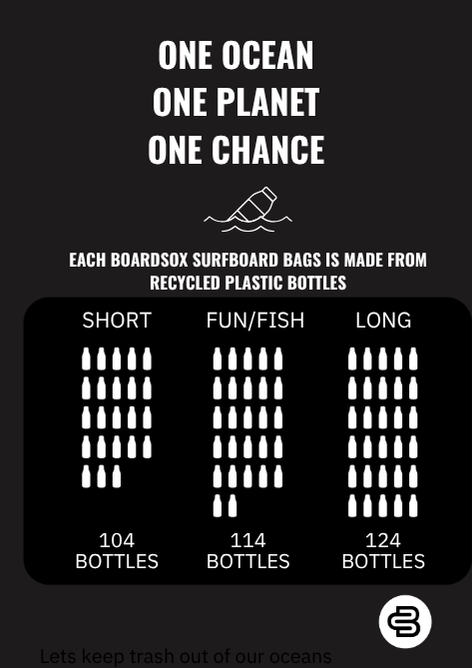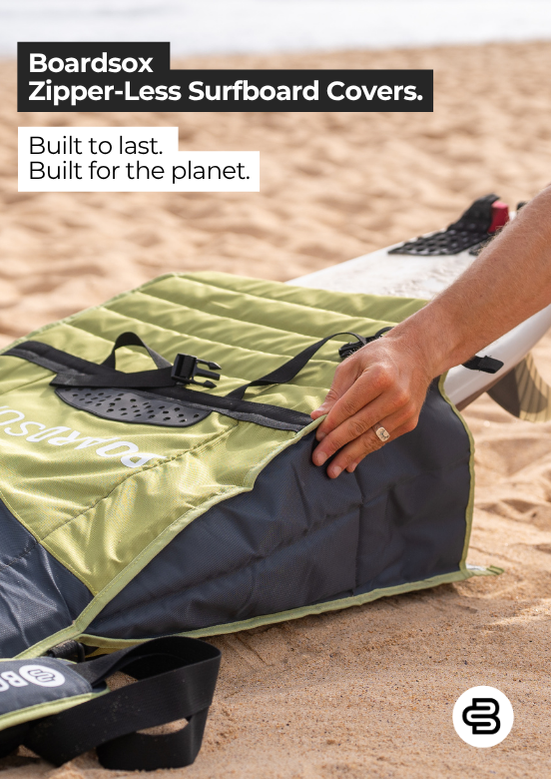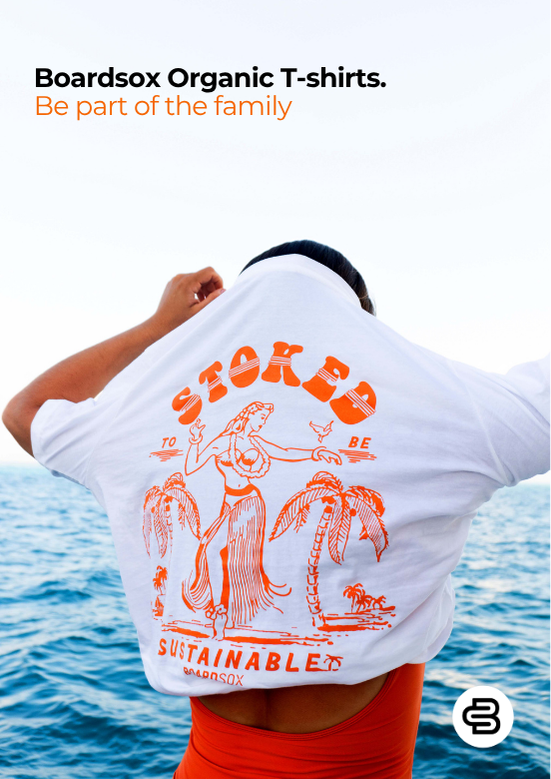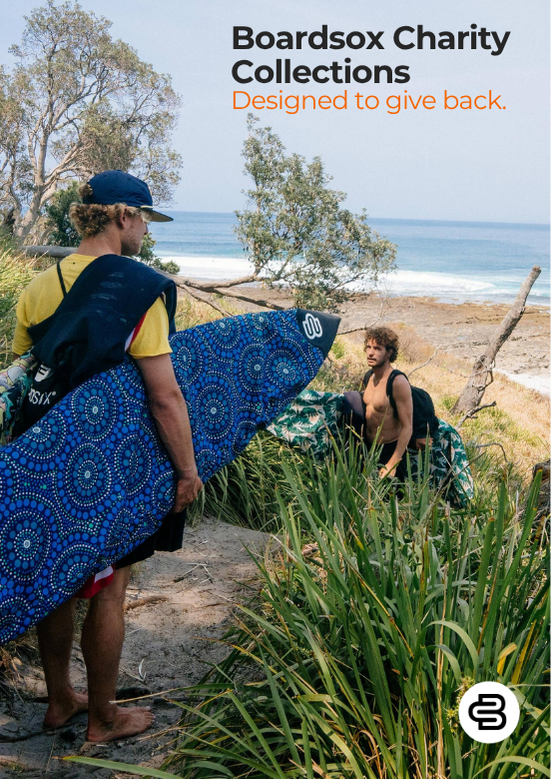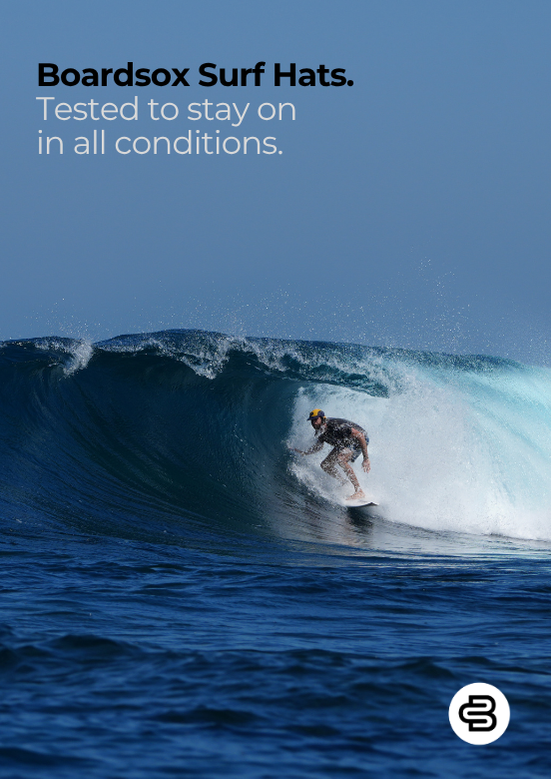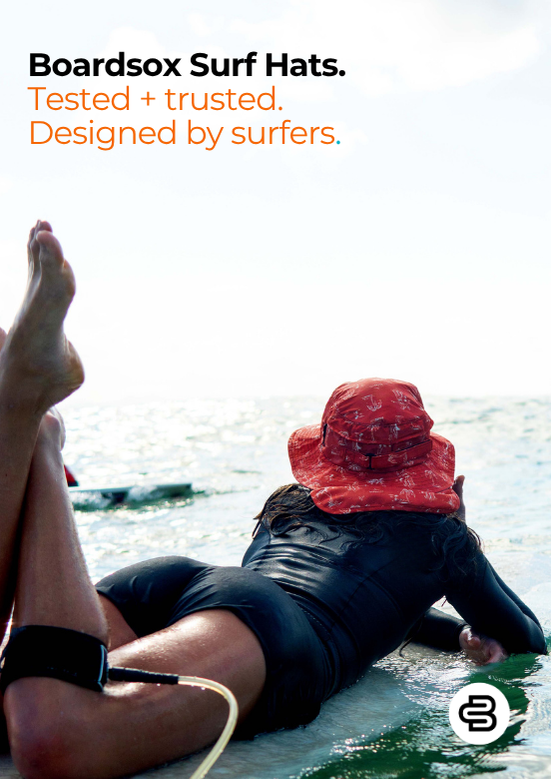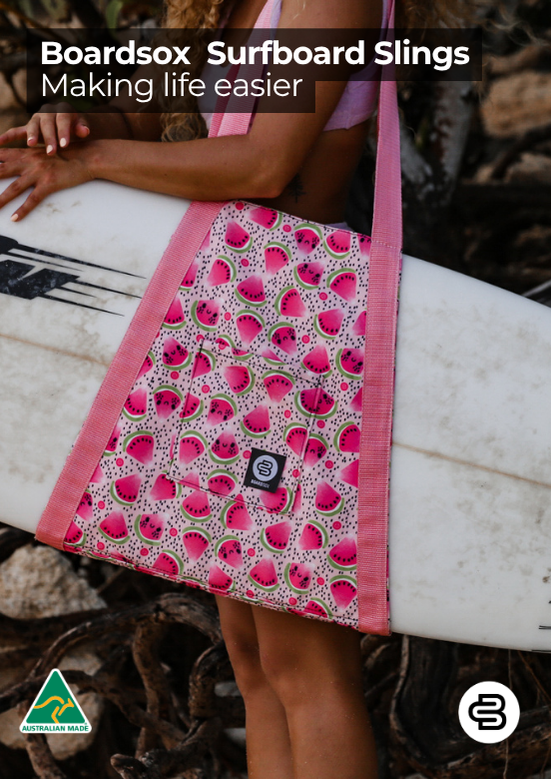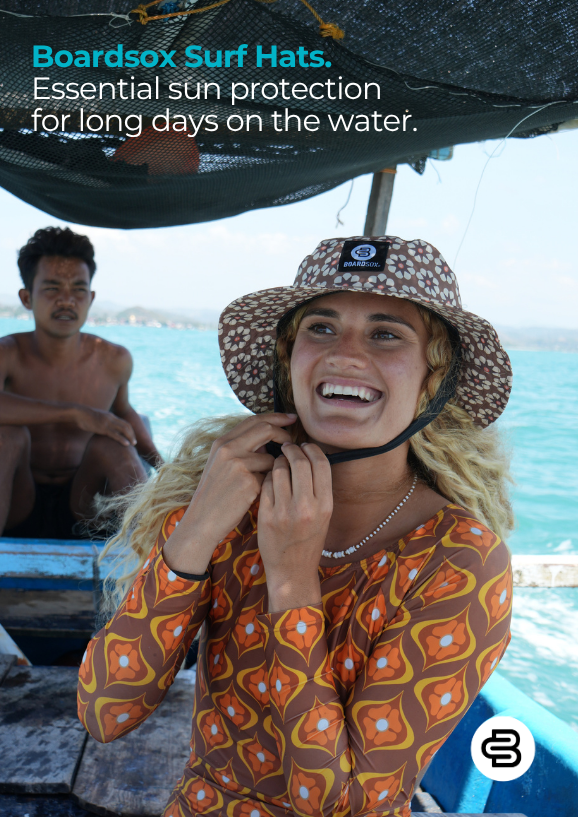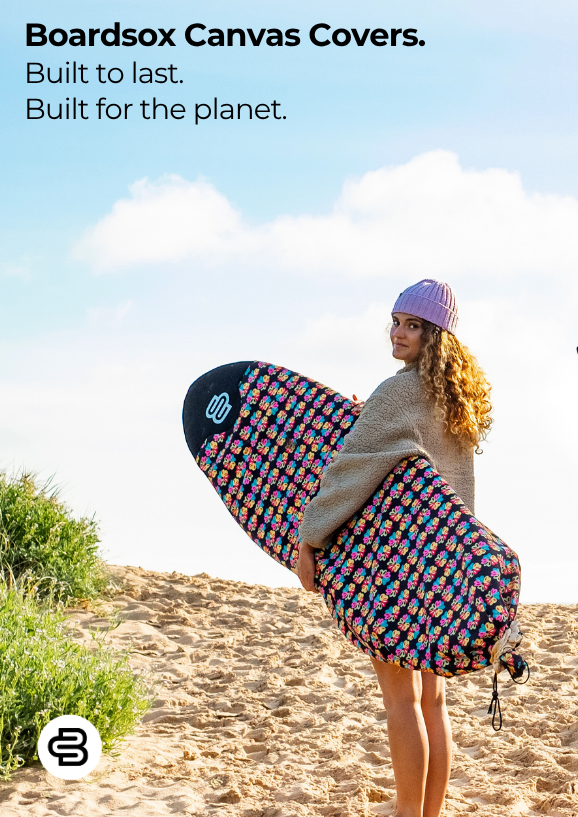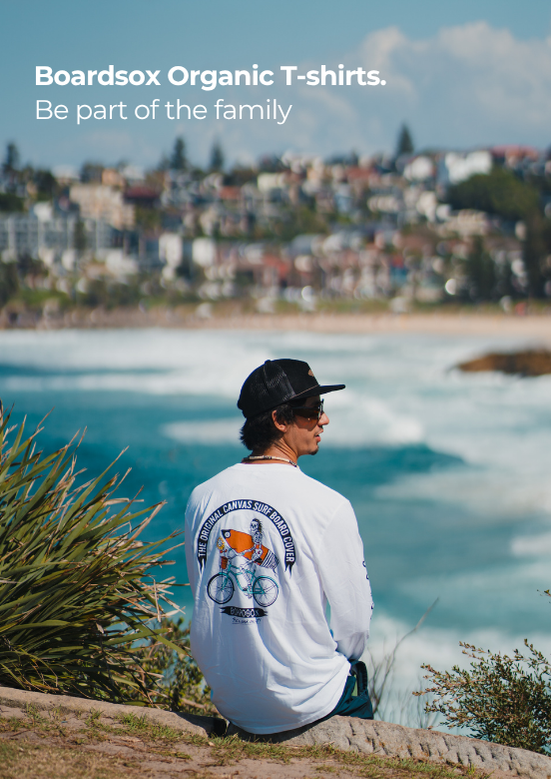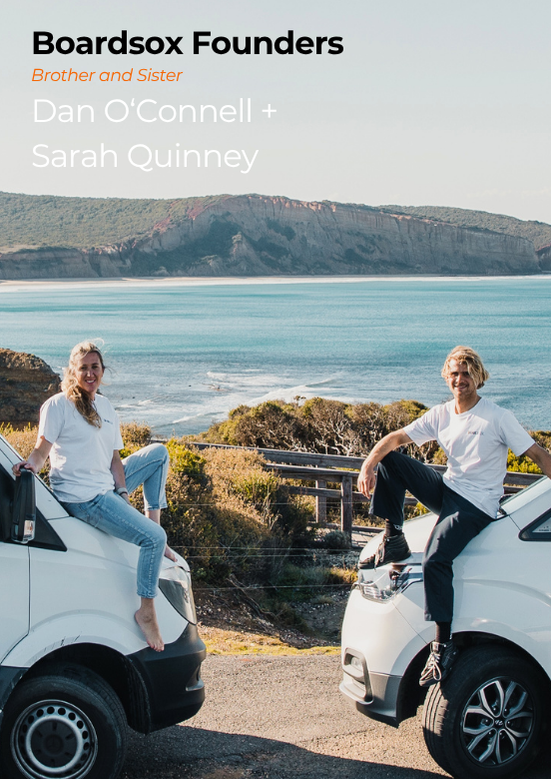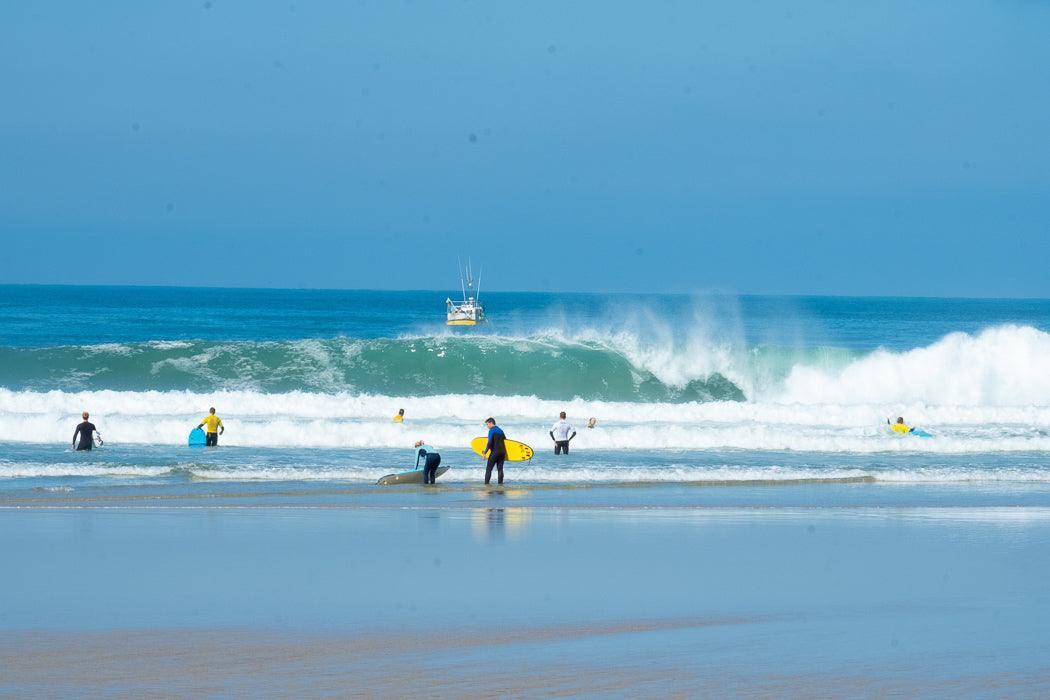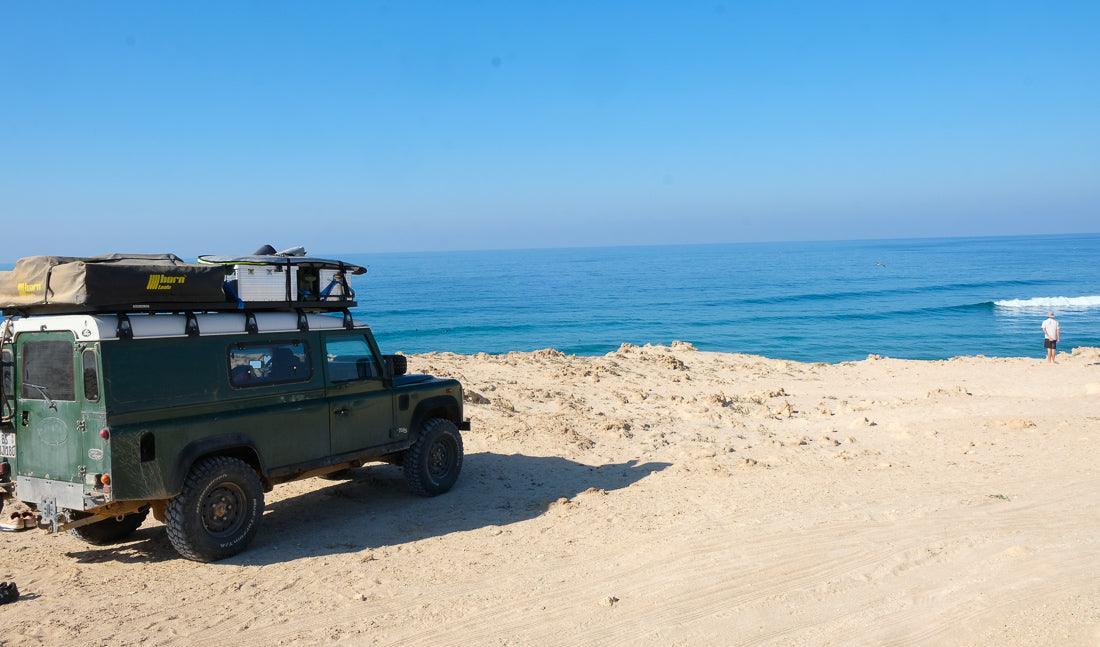Spain - The Breakdown
Where: All throughout the Basque Country namely Zarautz, Deba, Bakio, Mundaka and some big cities Barcelona, San Sebastian and Madrid.

Budget: Spain is slightly less expensive than its neighbour France, you can tell this pretty quickly when you walk into the local supermarket. Eating out also has the edge over France, however a few quick $2 euro tapas items will add up quickly especially accompanied by a few pints and your post surf hunger driving your decisions, so be careful. Once again we opted for making our baguettes for lunch and then taking it in turns to cook dinner. Coffee and beer are relatively cheap there with the average cup of coffee costing $1.56e and the average local beer costing $2.40e at a pub . The Cheapest pints we found were in Zauratz at $1.50 and the cheapest we paid for a 10 pack of San Miguel was $2.49 Euros thats 0.25 cents a beer, mind blowing stuff.
For accomodation its pretty hard to find Hostels in a lot of the surf towns and if you do they aren’t usually aren’t that cheap. We opted for air Bnbs which were in most cases just as cheap hostels (mind you this was split between 3 so not always plausible when solo travelling). Especially because it wasn’t in peak tourist season some of the apartments we were able to rent where incredible cribs with every sort of amenity and luxury you could ask for. This usually worked out to be similar prices to surf hostels in the area or even cheaper. The average cost was between $15-20 AUD each between 3.


Where to eat:
Everywhere, you’ve got to try as much Tapas as humanly possible its just that dam good. In San Sebastian Borda Berri stood out as the best tapas I had of the trip, you have to try the slow cooked lamb there it is next level. Also there is another Tapas place directly opposite Borda Berri about 100 meters down the road that had the best variety of Tapas we witnessed in spain, including mini sushi burritos and a host of other experimental dishes.
The local pubs always have a great assortment of well priced tapas for you to pick through and the Spanish enough to have a pub bang on pretty much every surf beach in their country (smart/brilliant people).


Waves:
Spain is chokers with fun beach break options, They may not be of the same quality as the grinding barrels of Hossengor or Supertubos but they are fun still and typically way less crowded. After coming from the surfing circus of Hossengor where there was Filipe Teiledo doing air reverses over you and Julian Wilson dropping in on your waves (both these incidents actually happened to Boardsox crew, still backing you in for 2019 World Title Joyce!) and every other Pro and his entourage clogging the line up, it was a welcome relief to trade some wave quality for quantity.
Zauratz was our first stop in Spain, a long stretch of beach that is mirrored by a long stretch of restaurants, bars and cafes on the shoreline. It’s one of the better beach breaks in the Basque Country, however like most beaches in the area doesn’t really start to work until the mid or high tide depending upon the sand. The beach break provides fun turn sections and the occasional barrel if you’re lucky, the crowds also tends to pick up when the tides are high.
Deba: We stayed in the small fishing village of Deba, a beautiful little fishing village that is 20 minutes from Zauratz. It occasionally gets a fun beach break wave however is more of a closeout than Zauratz. When its bigger the point at Deba is an infamous bigger wave spot that can handle size, we didn’t see it breaking but heard much about the myth of a long right hand point break that handles bigger swells. Also around the corner is a right hand point break, this wave is meant to be one of the premier waves in the area but also accompanied by heavy locals. We watched it a few times and it didn’t look that appealing and we saw a bunch of people get sent in. I’m sure if you were respectful (like anywhere) you could get your fair share of waves and build rapport with the locals, but didn’t seem worth our time.
Mundaka: Spains premier wave and the arguably the best left hander in the world when its on. We had one session at Mundaka. Although it wasn’t all time you could certainly see the potential there. It was about 4ft on the sets and starting to keg, we sat wide and got heaps of wide ones opting not to mix with the heavy crowd of locals all bickering and dropping in on each other. I actually got water slapped in my face just for speaking English and calling my friend into a wave. It’s definitely a must surf wave and the setting makes you feel like you apart of something historic. The background and surrounding landscape is amazingly beautiful and the paddle out through the harbour is epic.
Bakio: The beach break of Bakio packed more punch than its other neighbouring Spanish associates, especially on low tide. The other beautiful thing about staying in Bakio is it’s only 20 minutes from Mundaka so it’s only a short drive to Mundaka if its pumping and if its not (most of the time) then you can surf Bakio because it’s a swell magnet of the region. We surfed it epic some days and although the locals there rip, you still get your fair share of waves. Some heavy kegs going down in the far right corner towards the cliffs.
Larga: Another beach break right around the corner from Mundaka but its difficult access means they are actually separated by about a 45 minute drive, it could almost be quicker to paddle to the famous left hander. The beach at Larga is worth the drive even if its just to chill out for the day. Its incredibly scenic and littered with small A-framey peaks when we were there that were super fun and punchy. There is also a great bar on the beach and a usually large groups of people camping out and van life creating a vibrant atmosphere on the beach, not to mention the large quantity of beautiful women there. Also known for quality barrels when it gets more swell.


Nightlife:
Although a majority of our time in the Basque was spent chilling out in small fishing villages. We did still manage to sneak in a few sessions in Spains prime partying spots and it didn’t disappoint the Spanish are by nature crazy. We started in Barcelona and had a few big nights out there including a street festival party which was wicked. We recommend hitting Pacha the world famous super club, definitely has something for everyone on a big night out. However if you are massive techno fan then a good underground session in Las Ramblas is definitely a must.
San Sebastian- A great way to start a night off in San Sebastian is by walking up the hill to the Look out overlooking La Concha Bay and Santa Clara Island. Then stroll back into town and enjoy some more of Spains finest Tapas and nightlife. We did hit a few great clubs in San Sebastian…..so good we can’t actually remember any of there names so ahhhh Tripadvisor them.
Madrid- Full of everything we lounged in swanky rooftop bars such as Picalagartos and cool underground bars such as El Jardín Secreto or El Imperfecto that are good for warm up drinks. Then hitting the clubs we urge to you to get stuck into a night of deep house and techno at Fabrik or Goya Social Club.

Where and what else?
The Basque Country is the most scenic place we have ever been to, its like the Great Ocean Road only on steroids and maybe with a little less wave quality. Our advice, get a car and take your time during through and around some of the nicest country side the world has to offer. There are stunning cliffs views outstretching the whole costal line and beaches with huge cliffs surrounding breaks that make you feel like you are in Scotland.

2 cents
1) The Basque actually classify themselves as independent from the Spanish. This movement has been going on since the ETA (basque militant group) began conflict with Spanish political and military forces from 1959 to 2011. Although armed conflict isn’t still going the atmosphere is still certainly tense and if you spend enough times in a barque pub an old local will break you down the situation in some detail and
2) The Spanish siesta for shops and businesses is from approximately 2 p.m. until 5 p.m. while bars and restaurants close from about 4 p.m. until about 8 or 9 p.m. Make sure you remember this because so often we went out to get something and the shops were closed, bloody annoying the sleepy spaniards.



